Small tips to speed up your breaststroke—body movement details always make all the difference.
•4 min read
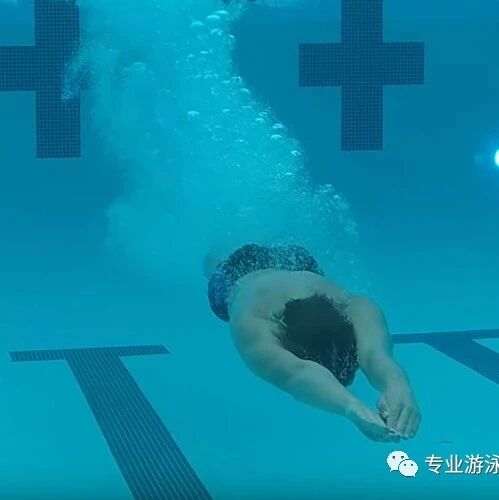
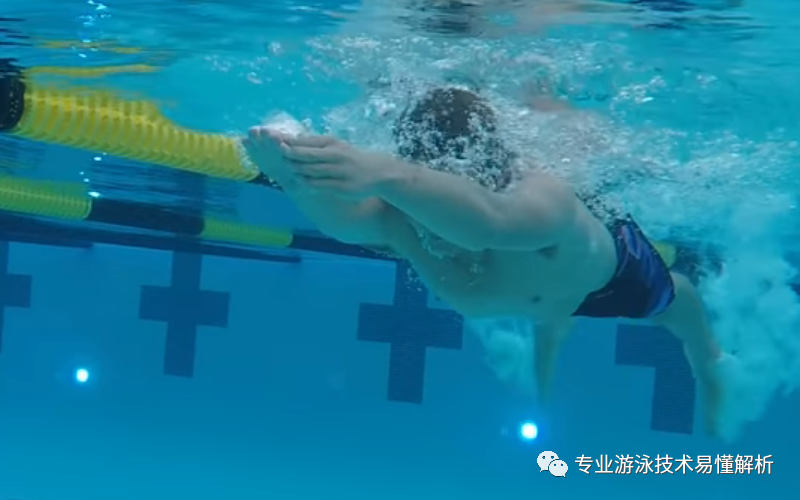
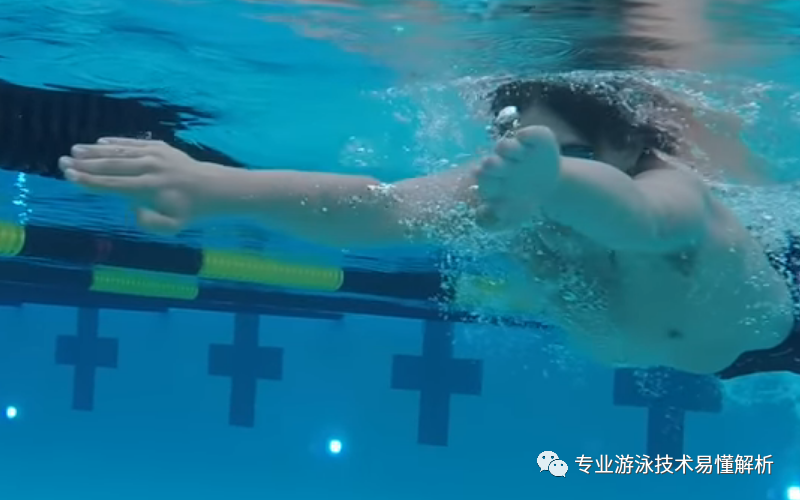
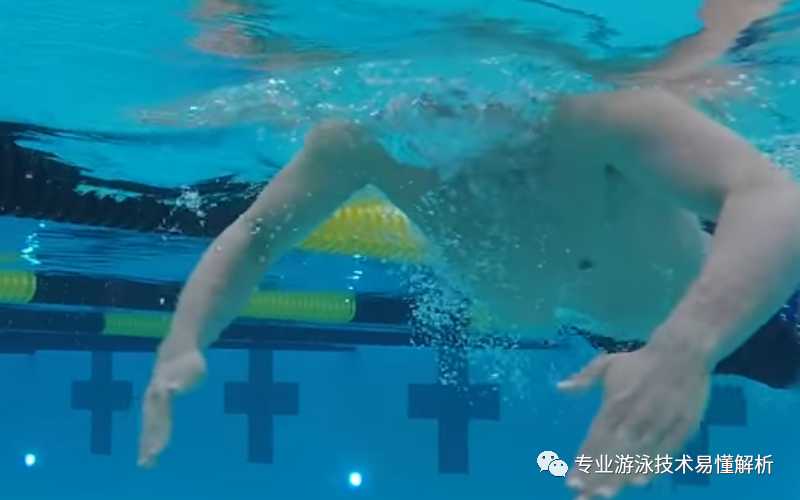
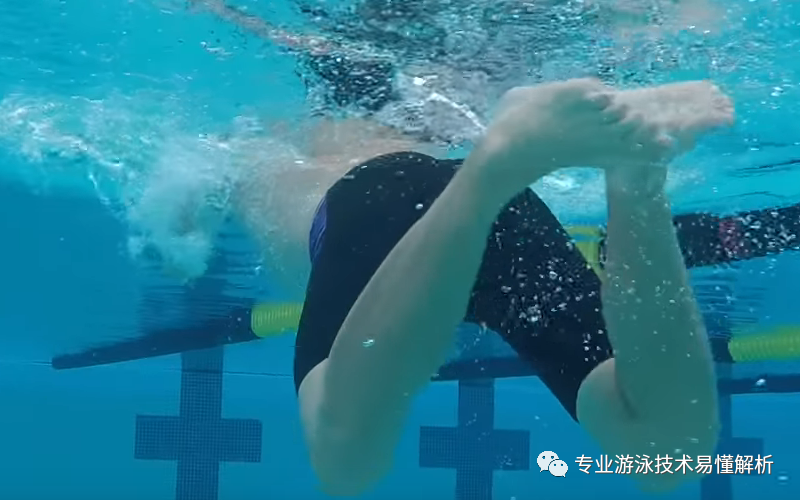
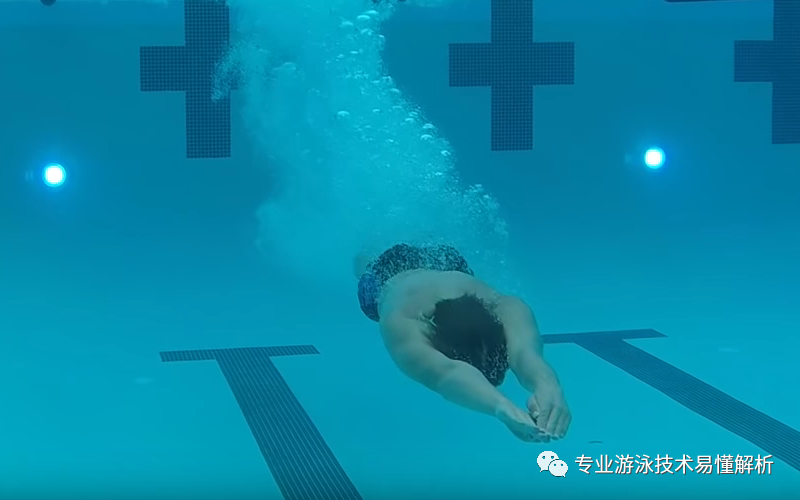
Related Articles
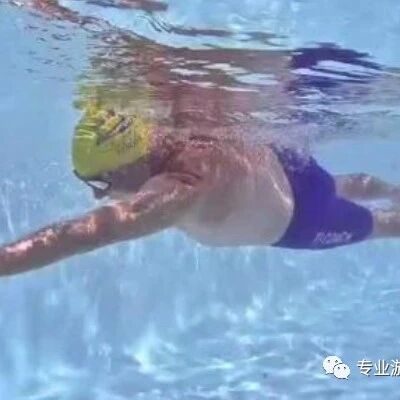
Swimming
The strategic key point in full-body freestyle swimming—understanding the forward reach combined with shoulder and hip rotation.
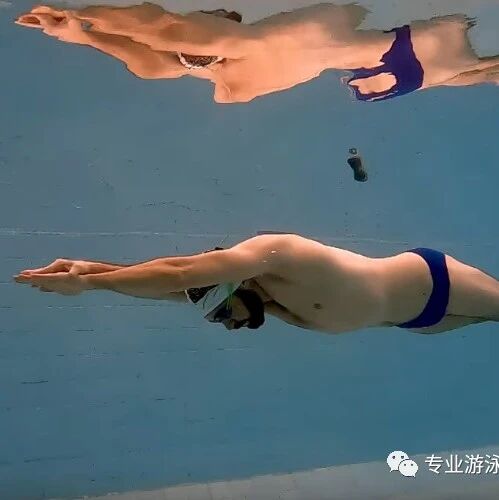
Swimming
Testing the body-lengthening effect: How can you glide farther through the water?
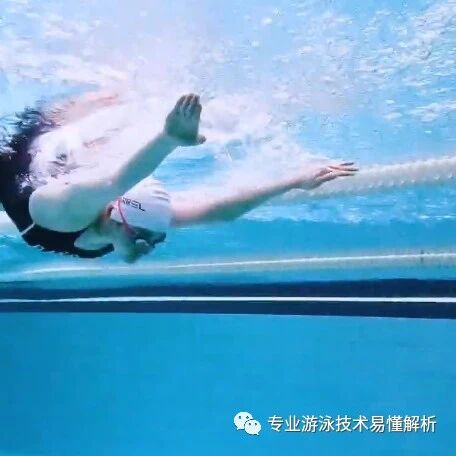
Swimming